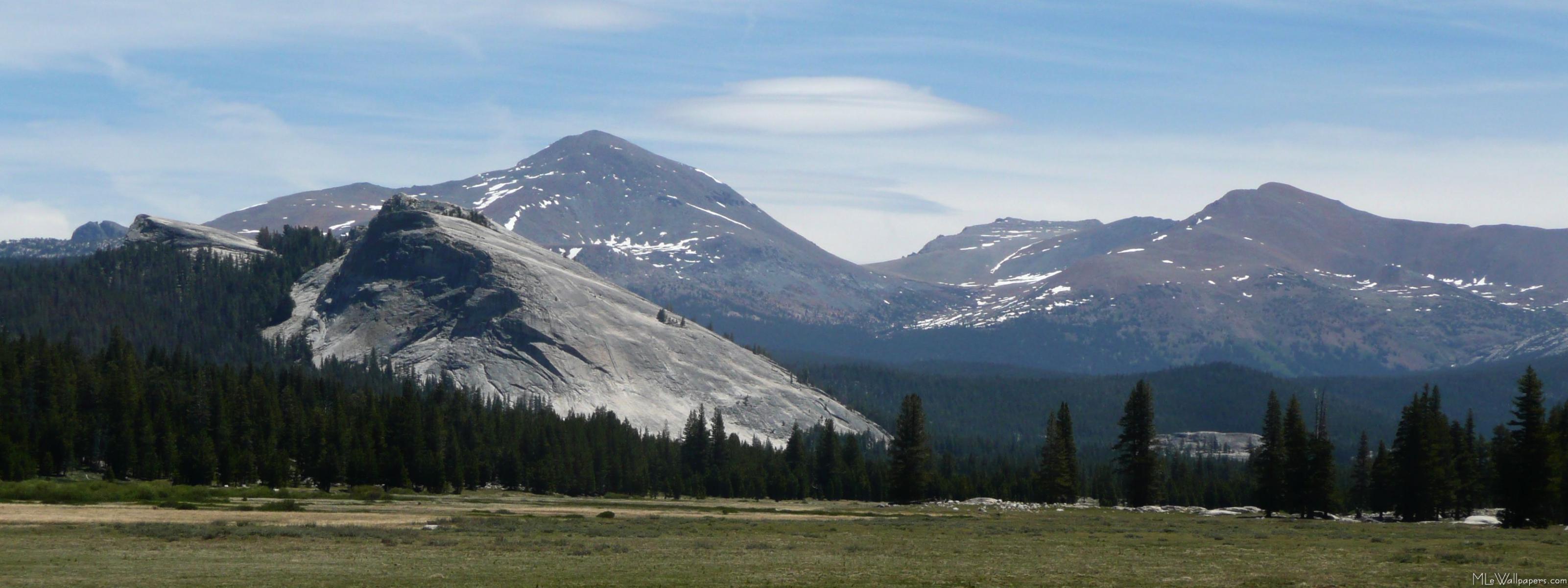That's what we said last year and it was great and this year was better.
First, we had a driving question-- How does this trip and the history I learn affect me and my understanding of history locally and nationally?
Second, I had a better understanding of how the trip would go.
Third, we had a documenter who will take our experiences and put them to video.
Finally, we set out to build a Teaching with Historical Places lesson plan. The National Park Service has a great set of teaching resources centered around the National Register of Historical Places. When I first came across these lessons, I looked for Yosemite and found there were none for one of the oldest National Parks in the United States. We are going to use our experiences and other web resources to build a lesson for our field trip so other teachers and students can benefit and learn like we did even if they learn nowhere
Our route can be found here: Minarets, Mariposa, Yosemite, Wawona, North Fork Itinerary.
We left school at about 8:45 and got to the Mariposa Court House at about 9:45 and we toured the oldest continuously used courthouse west of the Rockies. From there we headed over to the Mariposa Museum and History Center for a one hour tour of the exhibits illustrating Gold Rush and settler history and John C Fremont inside the museum. After that, we drove up the Merced River to the Yosemite Museum and got there right about Noon. We spent about an hour and a half checking out the great exhibits illustrating Yosemite's Native history as well as the geological and natural history of the Valley in the Visitor's Center. Last year we took a stroll through the Valley with a great self-guided tour, but it was raining and time was running short, so we headed up the hill to Wawona and the Pioneer History Center. We toured the houses of the 1800's and early 1900's to gain a better understanding of what the settlers went through back in the day. From there we headed down to North Fork and the Sierra Mono Museum. We got there just after 4:00, which meant the museum was closed, but we took the great self-guided path behind the museum to see how the Monos viewed and used the local plant life. After about a half hour, we got back in the cars and drove back to Minarets where we arrived at 5:00 on the dot!
Beyond getting out of the classroom and getting home on time, why was this a beneficial day?
On the most basic level, we were able to gain a better understand the geography of the foothills of the Sierra Nevada and Yosemite. In eight hours of driving and touring we went from about 1500 feet in elevation at Minarets to about 2200 feet in Mariposa to 4000 feet in Yosemite Valley over 8000 as we climbed out of the Valley back to about 4000 in Wawona to about 2500 in North Fork.
We also gained an understand of the distance of our drive. We travelled about 170 miles in about four hours of driving. One leg of our drive from Yosemite Valley to Wawona took us about 45 minutes, but would have taken us eight hours if we'd taken a horse-drawn wagon like the one we saw on display in Wawona.
We also saw a glimpse of the reality of our ancestors both Native and settler. We saw the tools, the dwellings, and the clothing that our predecessors used. We learned that they were busy just doing the day to day chores that kept them living. We have a better understanding of who they were and what they did.
On all of these levels, we will dive much more deeply as we build our lesson plan and as we move forward in US History. We will reach back to our experiences and compare them to how people lived in different place and at different times. Now we have much more than just our own experiences to compare our history to.
I hope this experience will give my students a better idea of how their ancestors lived and how that affected how history unfolded as to who was elected president and what were the issues of the day. We also hope to be able to help others from across the world do the same with our lesson plan. Keep your eyes open for it!

No comments:
Post a Comment